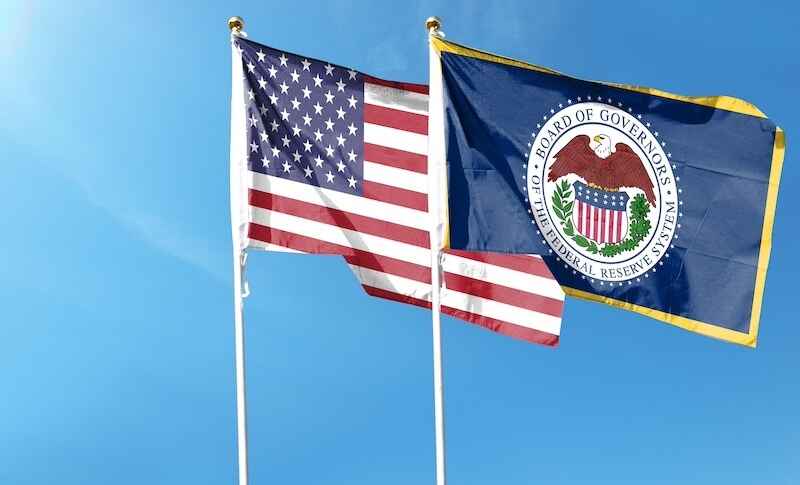Once a tiny fishing village, Al-Mawasi — a Heathrow airport-sized patch of coastal land on Gaza’s Mediterranean coast — is now the fetid, thirsty and disease-filled refuge of tens of thousands of Palestinians.
As Israel pounds Rafah in the south of the enclave and re-engages with Hamas in the north, more people from around Gaza are streaming towards Al-Mawasi, hoping the bombing will not follow them. A densely packed tent city has spilled on to the sewage-tainted beach close to the border with Egypt.
The area’s population mounted quickly after Israel’s military moved into the eastern part of Rafah city in southern Gaza this month, telling the hundreds of thousands of Palestinians sheltering there to evacuate towards Al-Mawasi, which it called a “humanitarian zone”.
Satellite photos show how the once sparsely populated area has transformed, with rows of tents emerging by February and becoming far more dense by May, filling up previously empty tracts of land. Since May 8, when the latest high-resolution Planet Labs images were taken, Palestinians have continued to stream into the area.
Al-Mawasi’s reincarnation as a chaotic camp for the displaced follows a turbulent history as the coastal village has been repeatedly reshaped by the Israeli-Palestinian conflict.
The fishing village in an agriculturally fertile area of land became enclosed within Gush Katif, a settlement established after Israel occupied Gaza following the 1967 war. Later inhabitants were Jewish settlers relocated from the Sinai peninsula after the 1979 accord between Israel and Egypt led to the withdrawal of Israeli troops from Egyptian territory.
Al-Mawasi was subsequently abandoned after Israel pulled out of Gaza in 2005, destroying buildings that the thousands of settlers had built. Just a handful of Palestinians have lived there in the interim.
Israel has for months labelled Al-Mawasi a “humanitarian zone” as its offensive displaces most of the besieged strip’s 2.3mn population, despite UN warnings that the narrow coastal area cannot host large numbers.
Since May 6, the borders of Al-Mawasi on Israel’s evacuation map have been stretched north to include the ruins of Khan Younis, once Gaza’s second-largest city. The UN Palestinian refugee agency estimates 450,000 people have left Rafah since then. As Israel issues more forced evacuation orders, aid workers are trying to prepare for the area’s population to soar close to 1mn.
Rear Admiral Daniel Hagari, chief spokesperson for the Israel Defense Forces, said on May 6 that the displaced people would “receive full humanitarian aid and . . . water, food, medical equipment and shelter”.
Interviews with aid workers and Palestinians, along with satellite images and video, give a starkly different picture.
New arrivals are met with sprawling, cramped encampments with no running water, a handful of inadequate field hospitals and the accelerating spread of disease, all under a baking Mediterranean sun that in a late April heatwave brought temperatures above 40C. People queue for hours for scarce toilets.
“Will Al-Mawasi and whatever existing infrastructure is here be able to handle the sudden influx of more internally displaced people?” said Aurélie Godard, a Médecins Sans Frontières team leader in Gaza. “The answer is clearly no . . . the infrastructure is non-existent, there’s no access to water, there’s no latrines. It is already a disaster.”
Umm Khatib, the 84-year-old matriarch of a family decimated by the fighting, said the situation reminded her of the years following the 1948 war that founded the state of Israel and swelled Gaza with refugees. Then, as now, Palestinians driven from their homes lived for years in tents from foreign donors, enduring disease and malnutrition.


Israeli attacks have cost Umm Khatib two sons, a daughter-in-law and three grandchildren, along with her home in Khan Younis.
“We survived once, but barely,” she said in a WhatsApp voice note, accompanied by her great-grandson translating her words. “I don’t know if we will again.”
Humanitarian aid flows into the enclave, already constricted by months of war, have slowed to a trickle since Israel took over the Gaza side of the Rafah border crossing. Shortages of the fuel needed for water pumps and tankers have further cut into drinking water supplies.
The few tankers that arrive are greeted by long queues of young men, some using wheelchairs to transport 25-litre jerrycans to their families. The elderly, infirm and households without men are often left to go thirsty.
“Of course there are no toilets or bathrooms, and we have to shield ourselves with bits of cupboards or black plastic sheets when we need to relieve ourselves,” said Yassin Abdel Halim, a 29-year-old father of two from north Gaza whose family has been displaced five times since October.
“I haven’t washed for five days,” added Abdel Halim. “Soon it will be summer and it will get hot and humid.”

Rafeek al-Madhoun, program manager for Rebuilding Alliance, a US aid group, said families were digging holes to serve as toilets and sewage was overflowing. Diseases easily prevented by offering handwashing facilities have spread rapidly through the tent cities, including diarrhoea, skin rashes and hepatitis A, according to MSF. Insects that carry infections are flourishing.
What little water is available is making children sick, said Sacha Myres, a spokesperson for Save the Children who spent time in Al-Mawasi this month. “One of our doctors there said that he’d never ever seen so many cases of hepatitis A in his whole career.”
The small field hospitals in the area have had to move several times and lost the ability to build up stores of medication as Israel’s offensive blocks access to existing hospitals in Rafah.
“These field hospitals are not able to cope with more than what they are already doing,” said MSF’s Godard, given that they are “still [just] tents in the sand”.
Three-quarters of children treated in Al-Mawasi’s field hospitals had suffered blast wounds in Israeli attacks, said Save the Children.
Despite the dire conditions, after much of Gaza was shattered by bombings, those fleeing Rafah and elsewhere have little choice but to follow Israeli government directions and head towards Al-Mawasi. Given the devastation of the rest of the enclave, they may be forced to live in these conditions for many months.
“My colleagues and I have years of experience and we’ve never seen anything like this,” said Myers. “These are not safe areas for children. They’re not safe for anyone.”
Credit: Source link














